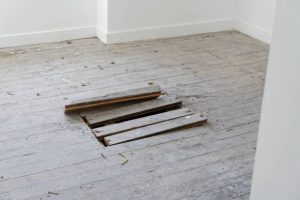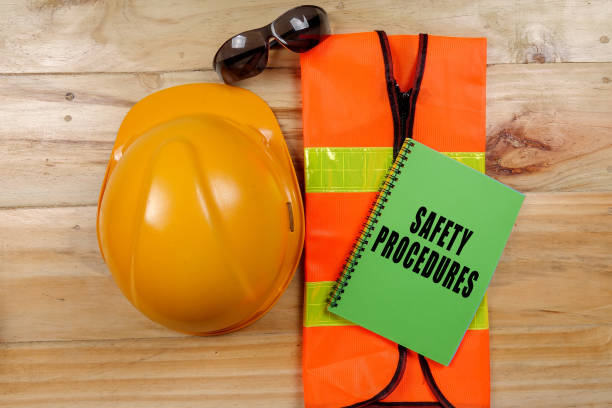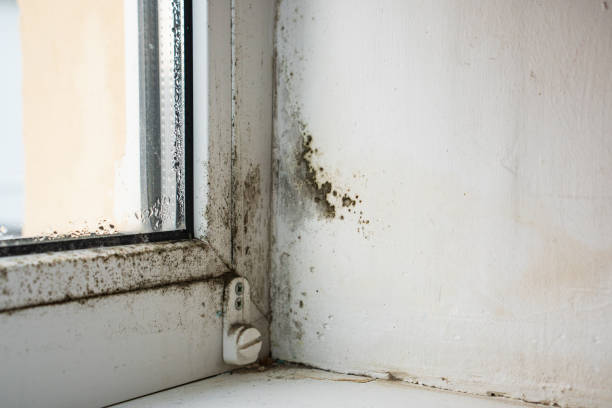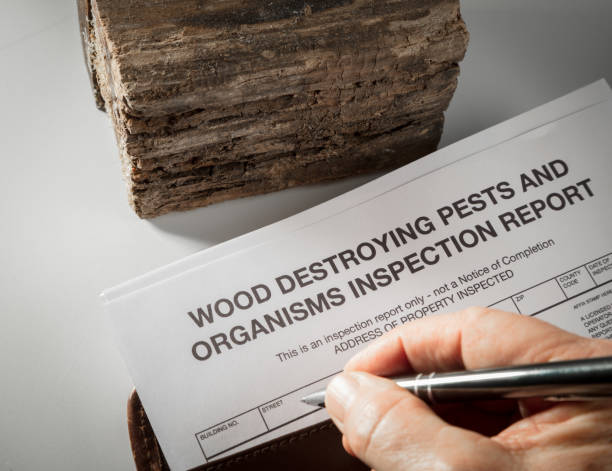 The foundation is the backbone of your home, providing structural support and stability. Regular foundation inspections are crucial for identifying signs of structural issues early and preventing costly damage. In this guide, we’ll explore the importance of foundation inspection and provide valuable insights into recognizing signs of potential structural issues to safeguard your home’s stability and integrity.
The foundation is the backbone of your home, providing structural support and stability. Regular foundation inspections are crucial for identifying signs of structural issues early and preventing costly damage. In this guide, we’ll explore the importance of foundation inspection and provide valuable insights into recognizing signs of potential structural issues to safeguard your home’s stability and integrity.
Foundation Inspection Tips:
Examine Exterior Walls:
Inspect exterior walls for cracks, bulges, or shifts, especially around windows, doors, and corners.
Vertical cracks may indicate settling, while horizontal cracks could signal pressure from soil or water.
Check Interior Walls and Floors:

Look for cracks in interior walls, particularly near door frames and windows.
Monitor floors for signs of unevenness or sloping, which may indicate foundation settlement or shifting.
Assess Basement and Crawlspace:
Inspect the basement or crawlspace for signs of moisture intrusion, such as dampness, water stains, or mold growth.
Look for cracks in the foundation walls or floor slab and signs of bowing or buckling.
Monitor Doors and Windows:
Pay attention to doors and windows that stick or jam, as this could indicate foundation movement.
Check for gaps or misalignment between the door/window frame and the wall, which may be a sign of foundation settlement.
Evaluate Exterior Drainage:

Ensure that gutters and downspouts are directing water away from the foundation to prevent soil erosion and water intrusion.
Look for pooling water or soggy areas around the foundation, which may indicate poor drainage or grading issues.
Seek Professional Evaluation:
If you notice signs of foundation problems or are uncertain about the condition of your foundation, consider hiring a professional inspector or structural engineer.
A professional evaluation can provide a thorough assessment of the foundation’s condition and recommend appropriate repairs or preventive measures.
Foundation inspection is a critical aspect of home maintenance and protection. By recognizing signs of structural issues early and taking proactive measures, homeowners can prevent costly damage and ensure the stability and integrity of their homes. Make foundation inspection a regular part of your home maintenance routine to detect potential problems early and address them promptly. Remember, early intervention is key to preserving your home’s foundation and safeguarding your investment for years to come.








